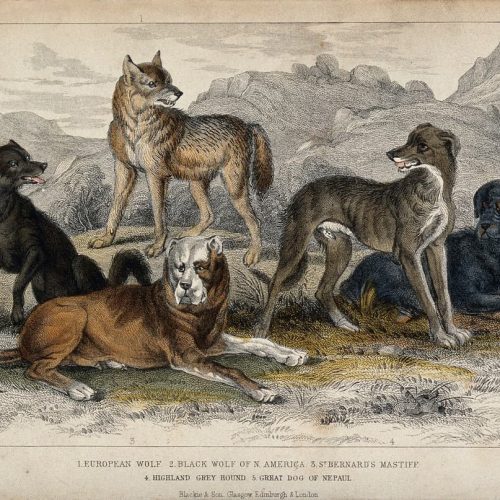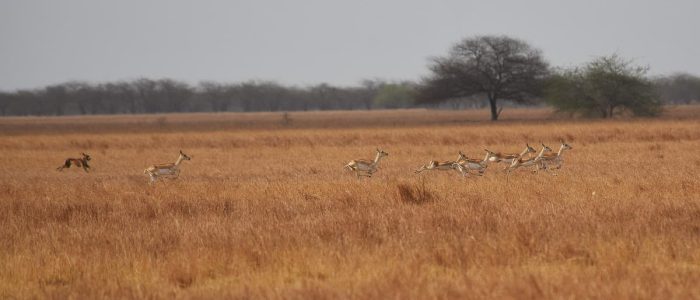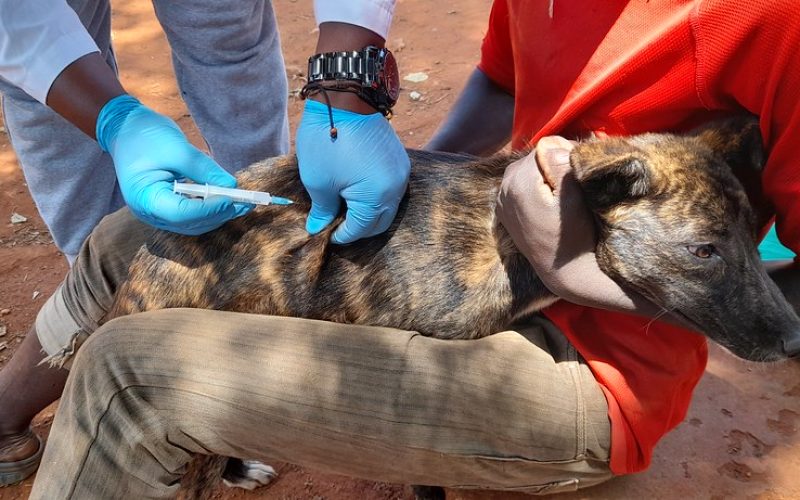Man’s Best Friend: A Hidden Threat to Wildlife?
Feral Dogs in India are becoming major threat to wildlife

Dogs are our loyal companions, bringing joy and love into our lives. But did you know that our furry friends can pose a significant threat to wildlife? Today, we’re diving into the complex relationship between dogs and the natural world, exploring how their predatory instincts impact vulnerable species and what we can do to foster harmony. Let’s get started!
The Domesticated Hunter
Dogs share a lineage with wolves, fierce predators with a natural hunting drive. While domestication has tamed much of this instinct, it hasn’t disappeared. Responsible pet ownership keeps this in check, but free-ranging and feral dogs can disrupt ecosystems, threatening wildlife populations worldwide.
India, for example, is home to an estimated 60 million dogs, part of the global billion-strong canine population. A 2023 study published in Animal Conservation revealed that dogs in India have attacked around 80 wildlife species, including critically endangered ones like the great Indian bustard, golden langur, and green sea turtle. Nearly half of these incidents occurred in or near protected areas, highlighting the proximity of dogs to fragile ecosystems.
In regions like the Little Rann of Kutch, feral dogs have been documented hunting migratory birds and even Asiatic wild asses, contributing to declines in species like the desert fox and Indian wolf. With dog densities often higher than that of natural predators, their impact is amplified, especially in small protected areas.
The Grim Reality: Dogs as a Threat to Biodiversity
Research paints a sobering picture. Domestic and feral dogs threaten over 190 species globally, many already at risk of extinction. Here’s how:
- Predation: Free-ranging dogs, often in packs, hunt wildlife, from small mammals like hares to larger ungulates like deer. The Animal Conservation study noted that 31 of the attacked species in India are listed as threatened on the IUCN Red List, including the critically endangered great Indian bustard and Chinese pangolin. Globally, dogs have contributed to the extinction of 11 vertebrate species.
- Competition: Dogs compete with native predators for food and territory. In India’s fragmented forests, this competition reduces prey availability for species like leopards, sometimes pushing them toward human settlements and increasing human-wildlife conflict.
- Disease Transmission: Dogs can spread diseases like rabies and canine distemper to wildlife with no immunity. A tragic example occurred in 2018 in Gujarat’s Gir Forest, where canine distemper, likely transmitted by feral dogs, killed 28 Asiatic lions—a significant blow to this isolated population.
- Harassment: Even playful chasing by dogs can stress wildlife, disrupting breeding and survival. In Assam, a troop of endangered Phayre’s leaf monkeys was forced to flee their habitat due to aggressive barking by dogs.
In regions like the Little Rann of Kutch, feral dogs have been documented hunting migratory birds and even Asiatic wild asses, contributing to declines in species like the desert fox and Indian wolf. With dog densities often higher than that of natural predators, their impact is amplified, especially in small protected areas.



Why Does This Happen?
India’s forests are often fragmented, creating “edge effects” where human and dog activity overlaps with wildlife habitats. Many free-ranging dogs are loosely tied to humans—fed but not controlled—allowing them to roam into buffer zones and protected areas. Experts note that about 50% of dog attacks on wildlife occur in these sensitive zones, where species like the great Indian bustard face mounting pressures. For critically endangered populations, dog predation can be the final straw.
Responsible Dog Ownership: The Path to Coexistence
The good news? We can make a difference! Responsible dog ownership is key to reducing these threats. Here’s how:
- Leash and Train: Keep dogs on leashes near natural areas and train them to avoid chasing wildlife. This simple step prevents harassment and predation.
- Sterilization and Population Control: Trap-Neuter-Return (TNR) programs help manage feral dog populations humanely. In India, experts emphasize that sterilization, paired with stronger ownership laws, is critical.
- Stop Feeding Feral Dogs Near Wildlife: Feeding dogs near forests encourages their presence, increasing interactions with wildlife. Synthetic foods can also make dogs more aggressive and disease-prone, worsening the problem.
- Community Awareness: Educate others about the impact of free-ranging dogs. Surveys show 87% of people recognize the need to control dog populations near wilderness areas—let’s turn that awareness into action!

Working Together for Conservation
Conservationists and animal welfare groups are stepping up. Initiatives like TNR, wildlife-friendly dog training, and educational campaigns are gaining traction. But the core issue lies with us—humans. Encroachment into protected areas brings dogs closer to wildlife, and careless habits, like feeding strays without long-term responsibility, exacerbate the problem.
By supporting these efforts and rethinking our actions, we can protect both our pets and the natural world. Responsible ownership isn’t just about love; it’s about accountability.
A Harmonious Future
Dogs enrich our lives, but their impact on wildlife can’t be ignored. By being mindful pet owners, advocating for conservation, and fostering community responsibility, we can ensure that man’s best friend doesn’t become wildlife’s worst enemy. Let’s create a world where dogs and nature thrive together!
Author of the Article

Dharmik Bhatt
Founder, Secure Nature Society.
